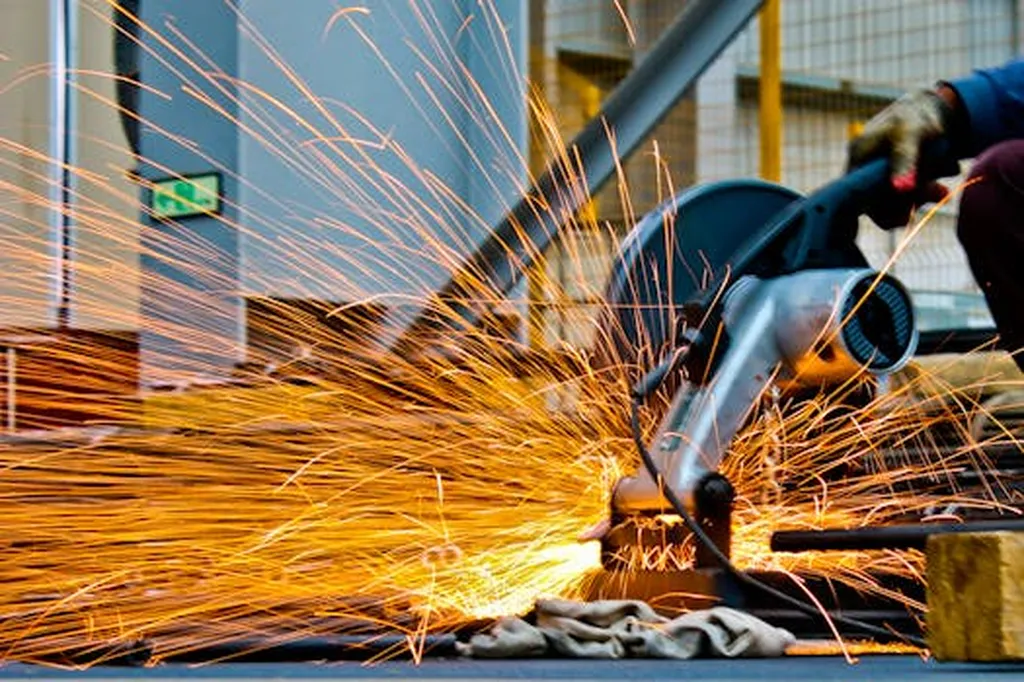In the quest to enhance the efficiency of electrical machines and transformers, researchers have long sought to optimize the magnetic properties of electrical steels. A recent study published in *Teshugang* (which translates to “Iron and Steel” in English) has shed new light on how the normalizing temperature of hot-rolled plates can significantly influence the structure and properties of 3.0Si non-oriented electric steel. The findings, led by Xue Zhiyong, offer promising insights for the energy sector, where even marginal improvements in material performance can translate to substantial energy savings.
The research focused on the effects of varying normalizing temperatures, ranging from 850°C to 1100°C, on the grain size and texture of 0.005C-3.0Si non-oriented electric steel. The results were striking: as the normalizing temperature increased, the average grain size of the hot-rolled plate expanded from 60 μm to 200 μm. Notably, when the hot-rolled plate was normalized at 1000°C, the grain size of the subsequent cold-rolled sheet, annealed at 850°C + 950°C, reached a maximum of 105 μm.
“By carefully controlling the normalizing temperature, we can significantly alter the microstructure and texture of the steel, which in turn affects its magnetic properties,” explained Xue Zhiyong, the lead author of the study. This fine-tuning of the manufacturing process could lead to electric steels with lower iron losses, a critical factor in the efficiency of electrical machines.
The study also revealed that increasing the normalizing temperature weakened the {111}, {112}, and {114} textures in the annealed cold-rolled sheet while enhancing the {100} texture. This shift in texture has profound implications for the magnetic properties of the steel. The optimal normalizing temperature range was identified as 900°C to 1050°C, within which the iron loss of the electric steel was minimized.
For the energy sector, these findings are particularly significant. Non-oriented electric steels are widely used in the cores of transformers and electric motors, where minimizing energy losses is paramount. “Lower iron losses mean more efficient energy conversion, which is crucial for reducing energy consumption and operational costs in power generation and distribution,” added Xue Zhiyong.
The research published in *Teshugang* not only advances our understanding of the relationship between processing conditions and material properties but also paves the way for the development of more efficient electrical steels. As the energy sector continues to demand higher performance materials, such insights will be instrumental in driving innovation and improving the overall efficiency of electrical systems.
In the broader context, this study highlights the importance of precise control over manufacturing processes to achieve desired material properties. As industries strive for greater sustainability and efficiency, the role of advanced materials research cannot be overstated. The work of Xue Zhiyong and his team serves as a testament to the potential of targeted scientific inquiry to drive meaningful progress in the field of materials science and engineering.

